At 2:10 a.m. on August 11, Moscow time, the Russian federal space agency Roscosmos successfully launched the Luna-25 spacecraft into orbit – beginning the first lunar exploration mission in nearly 50 years.
Also according to Roscosmos, Luna-25 is still on track to reach the Moon as scheduled based on the signal the spacecraft sent back on August 13. Luna-25 is expected to land on the Moon's south pole on August 21 or at the latest August 24.
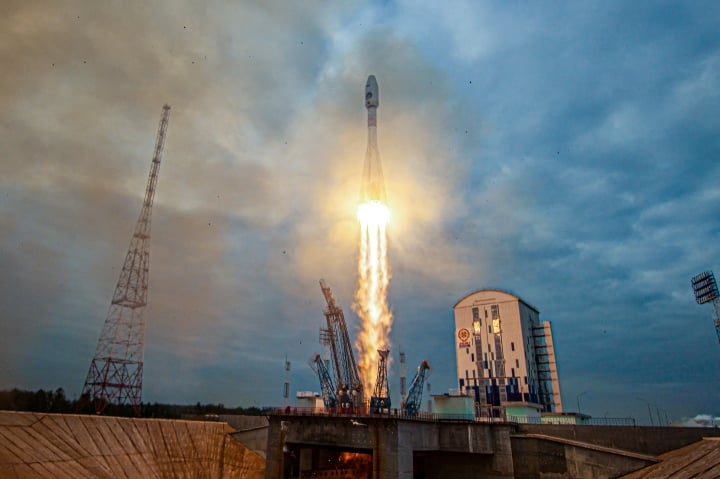
The Soyuz-2.1b rocket successfully put the Luna-25 spacecraft into orbit on the morning of August 11. (Photo: Reuters)
Ambitious plan
The rugged terrain of the Moon’s south pole is not easy for spacecraft to land on. Luna-25’s flight time to the Moon is only about 5 days, but it spends more than a week in orbit (at an altitude of 100km).
During its time in lunar orbit, Luna-25 determined where it could land. The chosen sites were Boguslavsky crater and two backup sites.
If all goes according to plan, Luna-25 will spend a year collecting samples from the lunar surface.
Luna-25 weighs 1.8 tons, carries 31 kg of scientific equipment and is equipped with eight cameras and a robotic arm.
The reason Russia is attempting to land on the less-explored south pole than previous lunar missions is no coincidence. Scientists believe there are ice deposits in the area where Luna-25 is expected to land. Furthermore, the south pole is constantly illuminated by the Sun, meaning solar panels could be placed there to generate power for future missions.
The main goal of Luna-25 is to perform a soft landing on the south pole – something that other countries have failed to do so far. This aspect is crucial to ensuring the success of future missions.
Luna-25 will drill for traces of water to determine the need to transport water from Earth for future manned missions, as well as to conduct scientific research.
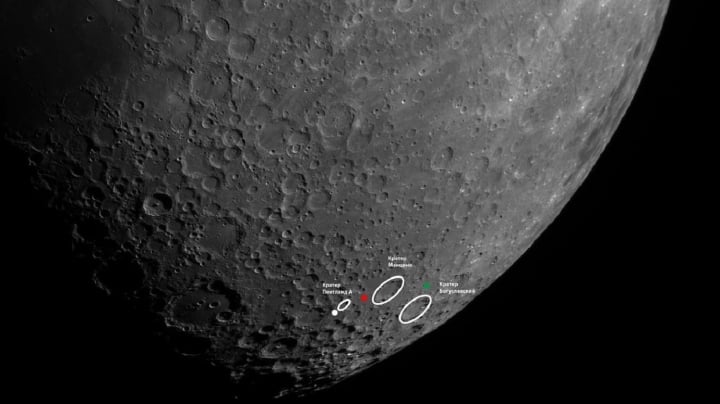
Pictured is the location where Luna-25 will land on the Moon's south pole later this month. (Photo: Roscomos)
Water is believed to have arrived on the Moon via comets, and by analyzing ice deposits scientists could “discover something new about the history of the Moon as well as the fundamental laws of the Universe,” said Alexander Bloshenko, executive director of Roscosmos’ long-term science program.
Luna-25 will also study radiation on the Moon and lunar dust, with the aim of using this knowledge to ensure the safety of future manned missions.
Russia and its competitors will also search for rare earth elements on Earth's satellite, said Lev Zeleny, head of the lunar program at the Russian Academy of Sciences.
Luna-25 is part of the first phase of Russia's lunar programme. This initial phase (called 'Sortie') is intended to create a base module for the lunar station and test the manned 'Eagle' spacecraft. Three further Luna missions will be carried out by Roscosmos over the next 10 years.
During the same period Roscosmos will promote the Yenisei super carrier rocket.
The second phase will include landing Russian cosmonauts between 2025 and 2035. The crew is expected to spend two weeks on the Moon and lay the foundations for a permanent lunar base.
Ultimately, by 2040, Moscow hopes to complete the creation of a lunar base and two observatories.
Race to the Moon
Ahead of Russia with lunar exploration programs in the 21st century are the US, China and India.
NASA's Artemis program is seeking to establish a human presence on the Moon as a stepping stone to future exploration of Mars. Washington hopes to create its own lunar base by the end of the decade.
Boeing's SLS Super Heavy rocket is expected to be the program's main vehicle, with its first manned test scheduled for November 2024.
China's plans are equally ambitious, with Beijing planning to establish an autonomous lunar base by 2028 and send a manned mission by 2030.
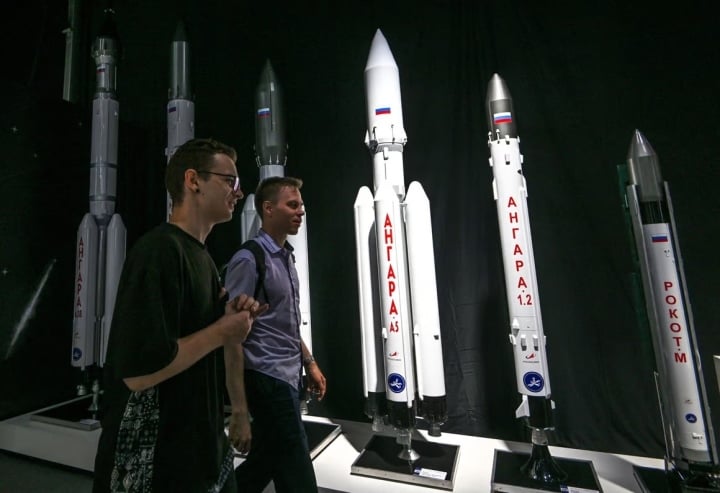
The current race to the Moon involves many powers, of which the US has the most ambitious plans. (Photo: Politico)
India has joined the “lunar competition” in recent years. Its Chandrayaan-3 lunar lander has been orbiting the moon and is scheduled to land at the same time as Russia’s Luna-25 later this month. New Delhi is also eyeing the south pole.
India is planning to send its next lunar mission in conjunction with Japan between 2026 and 2028.
Commenting on the launch of Luna-25, the Wall Street Journal said it marked the beginning of a new space race – similar to the competition between the US and the Soviet Union in the 1950s and 1960s.
Politico gave a similar assessment, quoting an expert as saying that if the mission was successful, it would be a “huge scientific and technological achievement” for Moscow.
Western media outlets have said that by becoming the first country to land on the Moon’s south pole, Moscow will demonstrate to Beijing how advanced its space technology is. This, according to Politico, will help strengthen Russia’s position in the two countries’ joint plan to establish a lunar outpost.
Similarly, France 24 stated that Friday's launch was a clear sign that “Russia is hoping to re-emerge as a major player in space exploration.” Moscow's lunar mission was also intended to send a geopolitical signal to the West.
Tra Khanh (Source: russian.rt.com)
Source


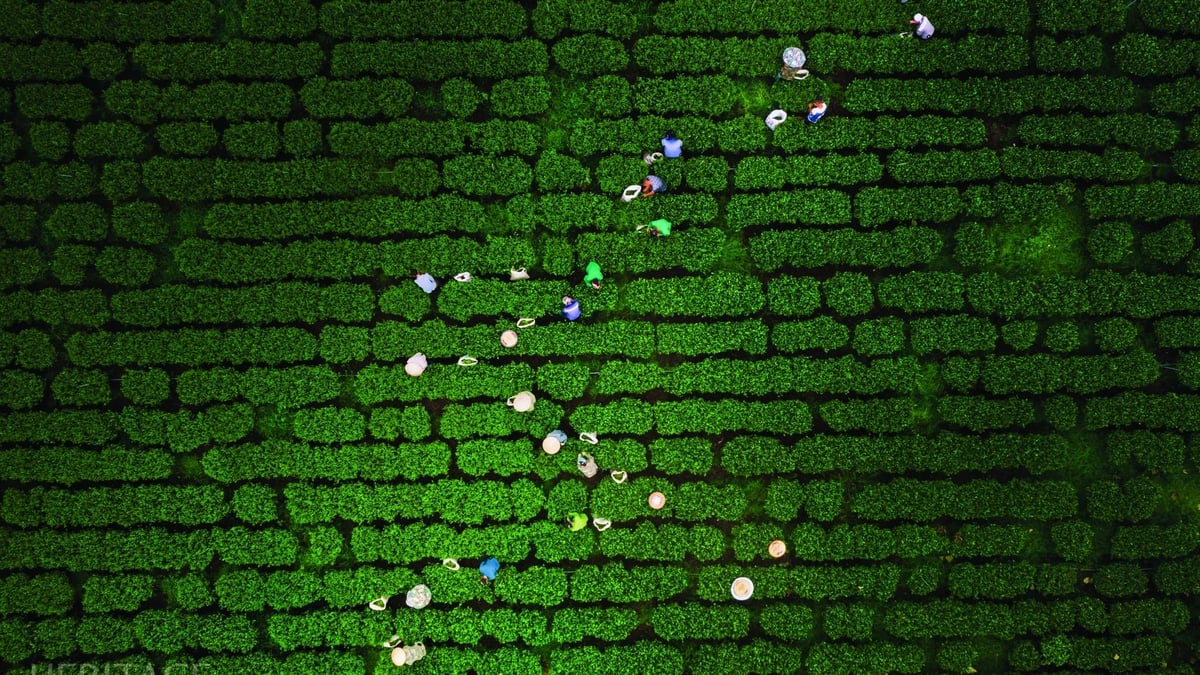


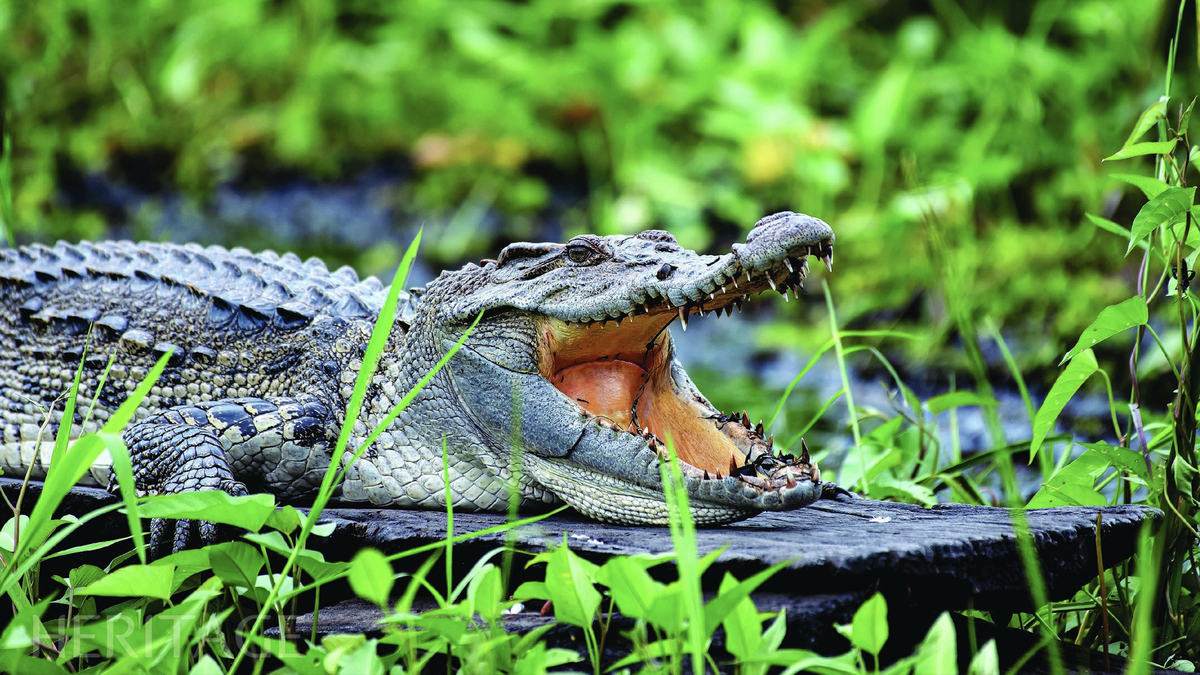




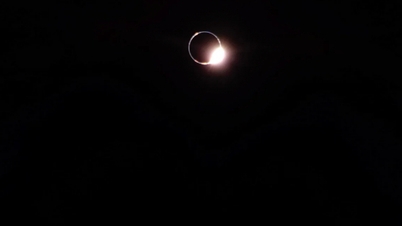


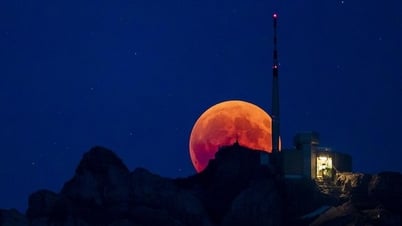


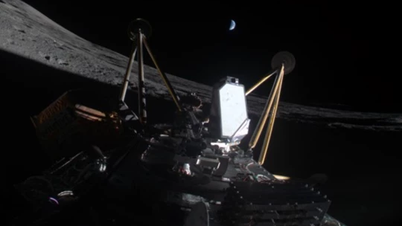

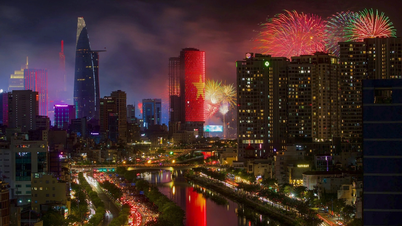


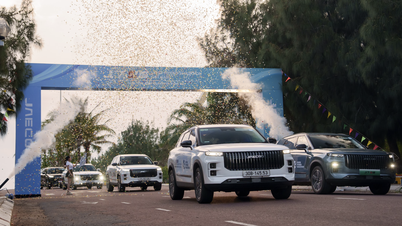











![[Photo] Prime Minister Pham Minh Chinh works with the Standing Committee of Thai Binh Provincial Party Committee](https://vphoto.vietnam.vn/thumb/1200x675/vietnam/resource/IMAGE/2025/5/12/f514ab990c544e05a446f77bba59c7d1)

![[Photo] Prime Minister Pham Minh Chinh receives Swedish Minister of International Development Cooperation and Foreign Trade](https://vphoto.vietnam.vn/thumb/1200x675/vietnam/resource/IMAGE/2025/5/12/ae50d0bb57584fd1bbe1cd77d9ad6d97)




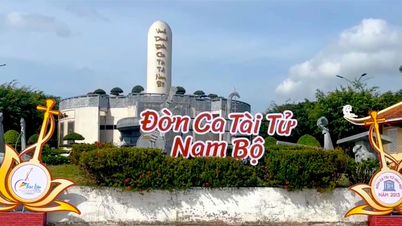

























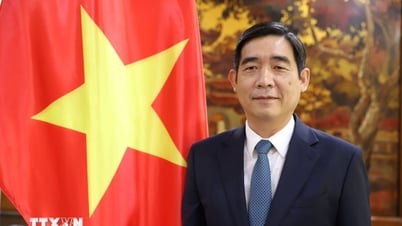
















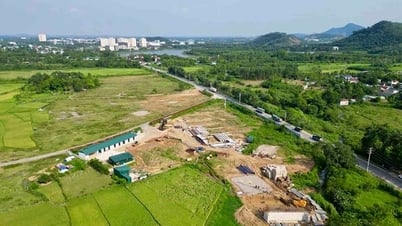


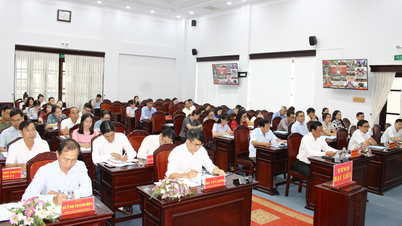















Comment (0)